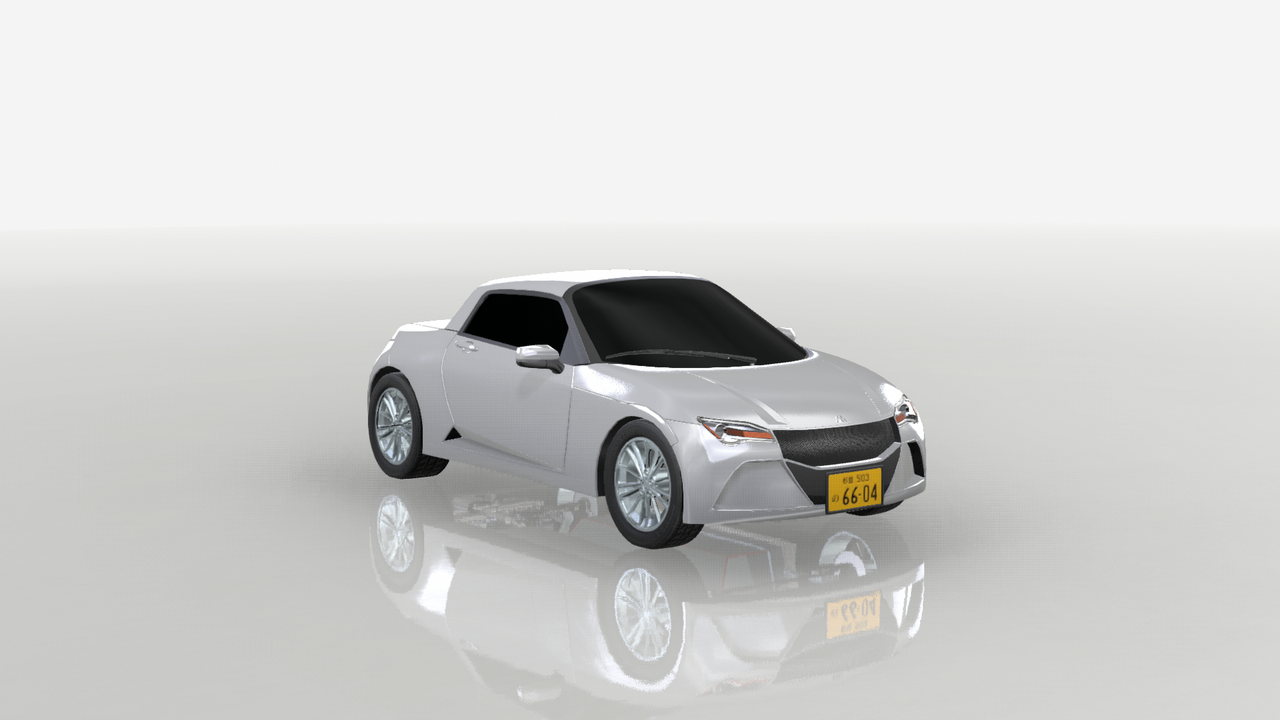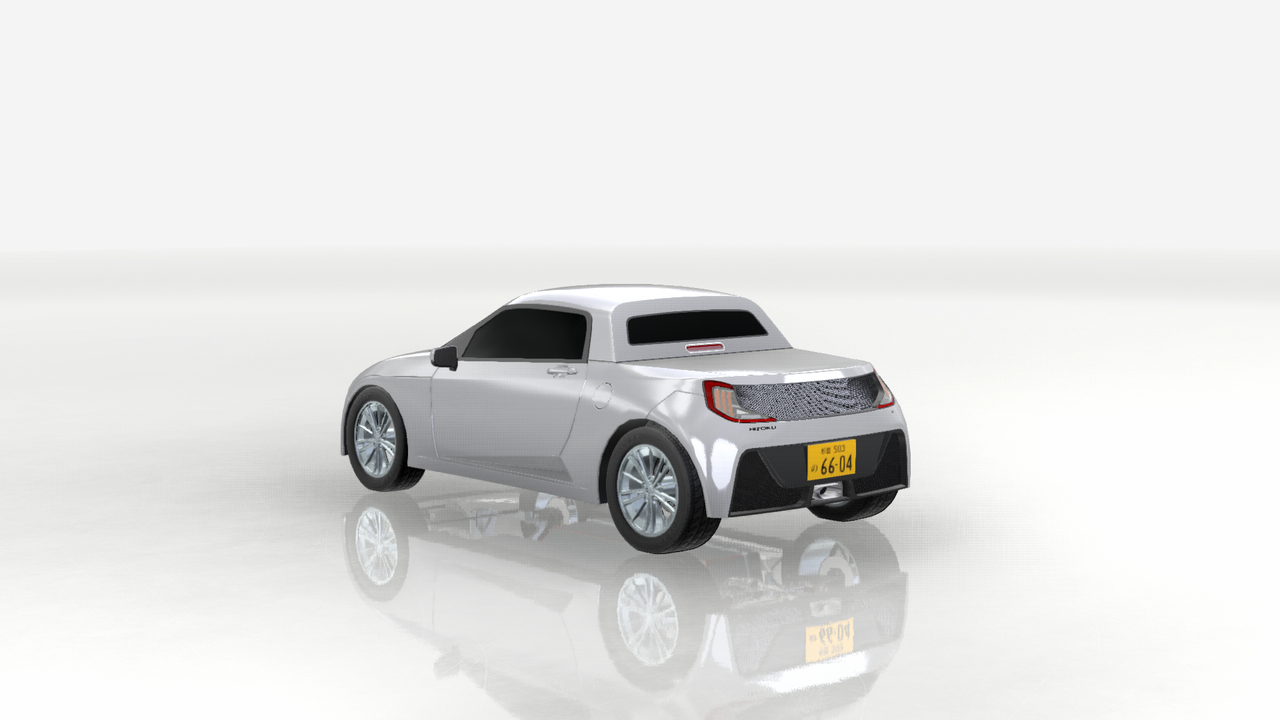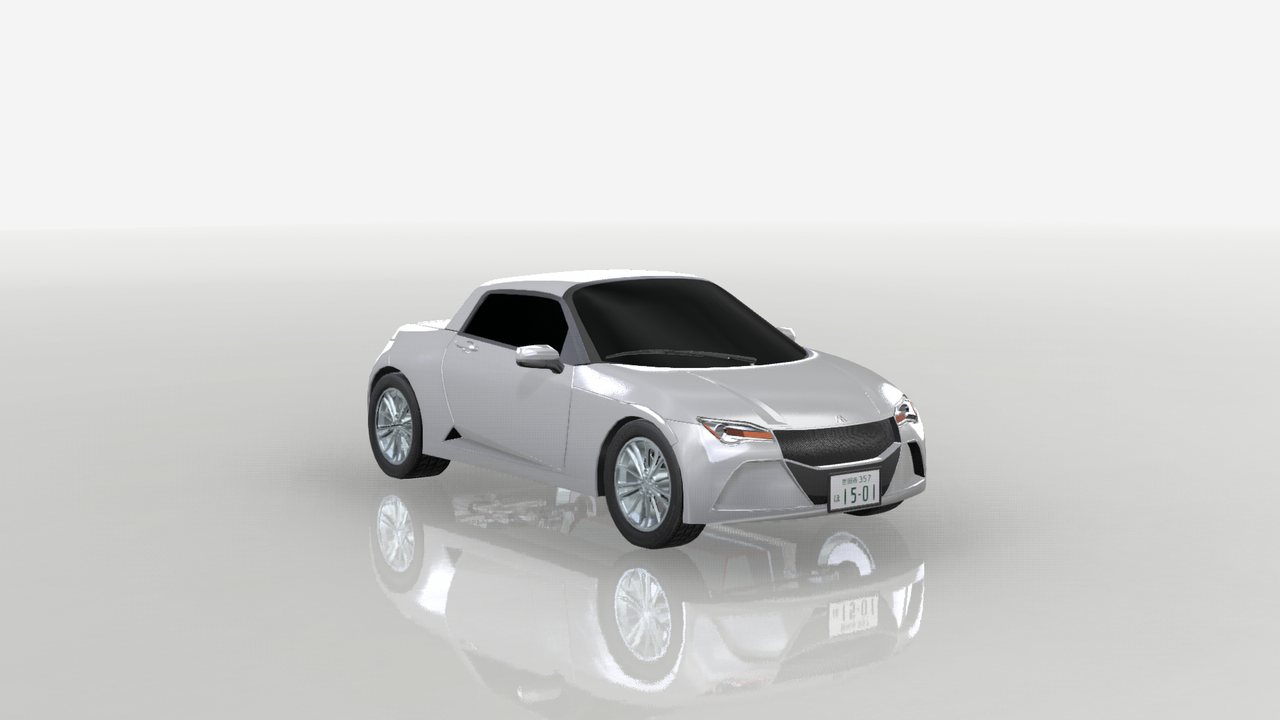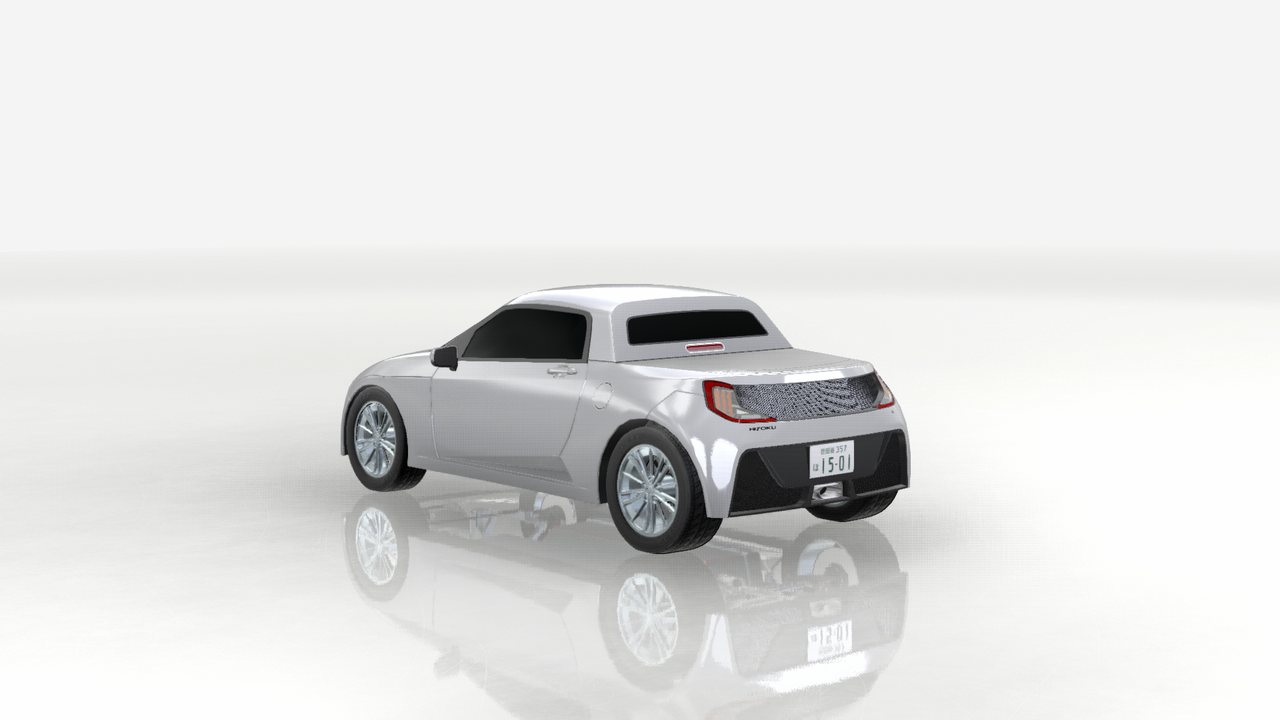With an all-new partial-aluminum design and a slightly tweaked version of the Kaizoe’s (介添え; helper) 660 cc inline-three engine coupled to a five-speed manual transmission, the Hizoku K combined the affordability of the previous generation with the lower road taxes offered by kei cars. The K’s eager handling and weight of 836 kg (1844 lb) made its peak output of 47 kW (63 hp) a non-issue. To reduce complexity, the Hizoku’s roof was now a removable single-piece unit that could be stored under the hood when not in use, and owing to the car’s lower speeds, it lacked a spoiler. McPherson struts were also used in the front and rear, just like with the first-generation Hizoku.
A higher-tier model, the Hizoku S, was equipped with a 1.3-litre inline-four, a six-speed electronically-controlled automatic transmission with paddle shifters, wider wheels, and an active rear spoiler. As the K was only sold in Japan, the S also served as an export model that attracted overseas customers with its 118 kW (158 hp) output and increased safety measures, serving as the true successor to the 2006 car.
K


Layout MR
Engine Name MIK2-3D
Aspiration TB
Displacement 659 cc
Peak Power 47 kW (63 hp) @ 6500 RPM
Peak Torque 88 Nm (65 ft-lb) @ 3300 RPM
Weight 836 kg (1844 lb)
Weight Distribution Front/Rear 45/55
STARTING PRICE
¥1,465,000 JDM
COLOURS
Ardour Red
Tangerine
Candy Burnt Orange
Hornet Yellow
Vivid Green
Electric Blue
Serene Blue Metallic
Katsuobushi
Ethereal White
Cloud Grey Metallic
Sumi Black
S


Layout MR
Engine Name MI2-4D
Aspiration TB
Displacement 1300 cc
Peak Power 118 kW (158 hp) @ 7100 RPM
Peak Torque 184 Nm (136 ft-lb) @ 4400 RPM
Weight 920 kg (1844 lb)
Weight Distribution Front/Rear 43/57
STARTING PRICE
¥2,700,000 JDM
$25,800 USDM
COLOURS
Ardour Red
Tangerine
Candy Burnt Orange
Hornet Yellow
Vivid Green
Electric Blue
Serene Blue Metallic
Katsuobushi
Ethereal White
Cloud Grey Metallic
Sumi Black